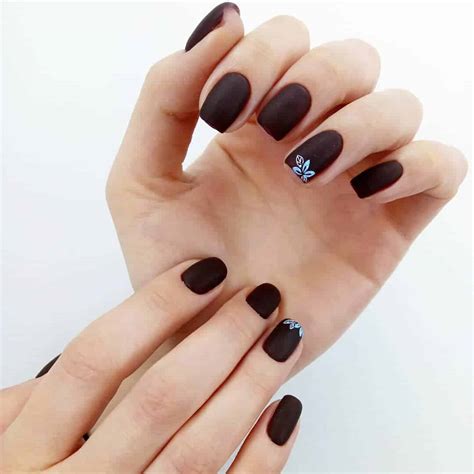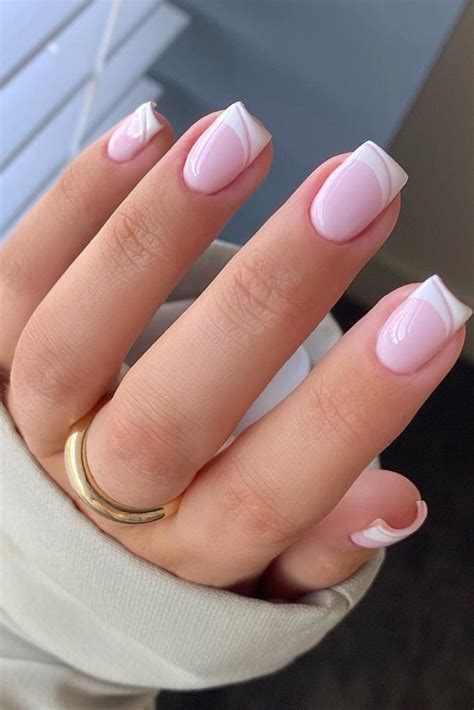Learn about nail ridges and their causes, prevention, home remedies, and professional treatments. Keep your nails healthy and beautiful with expert tips.
Understanding Nail Ridges
Contents
Nail ridges are vertical or horizontal lines that appear on the fingernails. They can be a sign of several underlying health issues, including nutritional deficiencies, nail trauma, and aging. Understanding the different types of nail ridges can help in identifying potential health concerns and taking appropriate measures to address them.
Vertical nail ridges are common and often a natural part of aging. They usually do not indicate any serious health issues and can be attributed to decreased blood flow to the nail plate. On the other hand, horizontal nail ridges, also known as Beau’s lines, are more concerning as they can be a sign of malnutrition, infection, or other health problems. It is important to pay attention to the type and appearance of nail ridges in order to determine their potential causes and seek appropriate treatment.
In addition to potential health concerns, nail ridges can also be caused by external factors such as excessive exposure to water, chemicals, or trauma to the nail bed. Proper nail care and maintenance can help prevent the formation of ridges and maintain healthy nails. Keeping the nails well-trimmed and moisturized can help prevent ridges from forming and promote overall nail health.
If you notice persistent or worsening nail ridges, it is advisable to consult a healthcare professional for a proper diagnosis and treatment plan. A thorough evaluation can help identify any underlying health issues that may be contributing to the formation of nail ridges. In some cases, professional treatments such as nutritional supplements or topical medications may be recommended to address any deficiencies or infections affecting the nails.
Causes of Nail Ridges
One of the most common causes of nail ridges is aging. As we age, our body’s ability to produce collagen and moisture decreases, leading to drier and more brittle nails. When the nails lack moisture and flexibility, they are more prone to developing ridges. Additionally, nail ridges can also be caused by nutritional deficiencies. A lack of essential vitamins and minerals, such as vitamin C, iron, and biotin, can contribute to weak and ridged nails.
Another common cause of nail ridges is trauma to the nail bed. This can be caused by repeatedly hitting or banging the nails, or by wearing ill-fitting shoes that put pressure on the toenails. These physical traumas can cause the nail plate to develop ridges as it grows, especially if the trauma is repetitive.
In some cases, nail ridges can also be a sign of an underlying health condition. Conditions such as thyroid disease, psoriasis, and eczema can affect the health and appearance of the nails, causing them to develop ridges. It’s important to pay attention to any changes in the nails, as they can be an indicator of an underlying health issue.
Finally, nail ridges can also be caused by exposure to harsh chemicals and environmental factors. Prolonged exposure to chemicals such as acetone, formaldehyde, and other solvents can weaken the nails and lead to ridges. Additionally, excessive exposure to water and moisture can also cause the nails to become weak and ridged.
Preventing Nail Ridges
Are you tired of dealing with annoying nail ridges? You’re not alone. Many people struggle with the appearance of ridges on their nails, which can be caused by a variety of factors. Fortunately, there are steps you can take to prevent nail ridges from forming in the first place.
One of the most important things you can do to prevent nail ridges is to maintain a balanced diet. Proper nutrition is essential for healthy nails, so be sure to include plenty of protein, biotin, and vitamins in your meals. Foods like eggs, nuts, and leafy greens can help strengthen your nails and prevent ridges from developing.
In addition to eating a nutritious diet, it’s also important to keep your nails moisturized. Dry, brittle nails are more prone to developing ridges, so be sure to apply a hydrating nail oil or moisturizer regularly. You can also incorporate a nail-strengthening treatment into your beauty routine to keep your nails strong and healthy.
Another important step in preventing nail ridges is to avoid using your nails as tools. Picking, scraping, and opening things with your nails can cause damage and lead to the formation of ridges. Use proper tools and techniques to avoid putting unnecessary stress on your nails, and you’ll be less likely to develop ridges.
Lastly, it’s important to protect your nails from harsh chemicals. Exposure to chemicals in cleaning products, nail polish, and acetone can weaken your nails and make them more susceptible to ridges. Wear gloves when doing household chores, and choose gentle, non-toxic nail care products to keep your nails strong and healthy.
Home Remedies for Nail Ridges
One of the most effective home remedies for nail ridges is to keep your nails well moisturized. Use a good quality moisturizing cream or oil and apply it to your nails and cuticles regularly. This will help to prevent dryness and keep your nails healthy and strong, reducing the appearance of ridges.
Another home remedy for nail ridges is to ensure that you are getting all the necessary nutrients and vitamins in your diet. Including foods rich in biotin, iron, and vitamin E can help to improve the condition of your nails and prevent ridges from forming.
In addition to this, you can try using a nail buffer to gently smooth out the ridges and improve the appearance of your nails. Be sure to use the buffer gently and not too frequently, as over-buffing can weaken the nails.
Applying a strengthening nail treatment or a nail hardener can also help to improve the appearance of ridged nails. These products can help to strengthen your nails and reduce the likelihood of ridges forming.
Lastly, maintaining good nail hygiene is essential for preventing and treating nail ridges. Keep your nails clean and dry, and avoid using harsh chemicals and nail products that can weaken your nails.
Professional Treatments for Nail Ridges
When it comes to addressing nail ridges through professional treatments, there are several options available. One of the most common treatments is the use of keratin fillers, which are injected into the ridges to smooth out the nail surface. These fillers provide a temporary solution to the problem, effectively concealing the ridges while promoting healthier nail growth.
Another professional treatment for nail ridges involves the use of acrylic or gel overlays. These overlays are applied to the nails to create a smooth, even surface, effectively covering up the ridges. Additionally, these overlays can help protect the nails from further damage and promote stronger, healthier nails.
In some cases, a professional manicurist may recommend a nail buffing treatment to smooth out the ridges. This involves using a fine buffer to gently polish the surface of the nails, reducing the appearance of ridges and creating a smoother nail bed.
For individuals with severe or persistent nail ridges, seeking the expertise of a dermatologist or nail specialist may be necessary. These professionals can offer a range of treatments including topical medications, laser therapy, and other advanced procedures to address the underlying causes of nail ridges and promote healthy nail growth.













